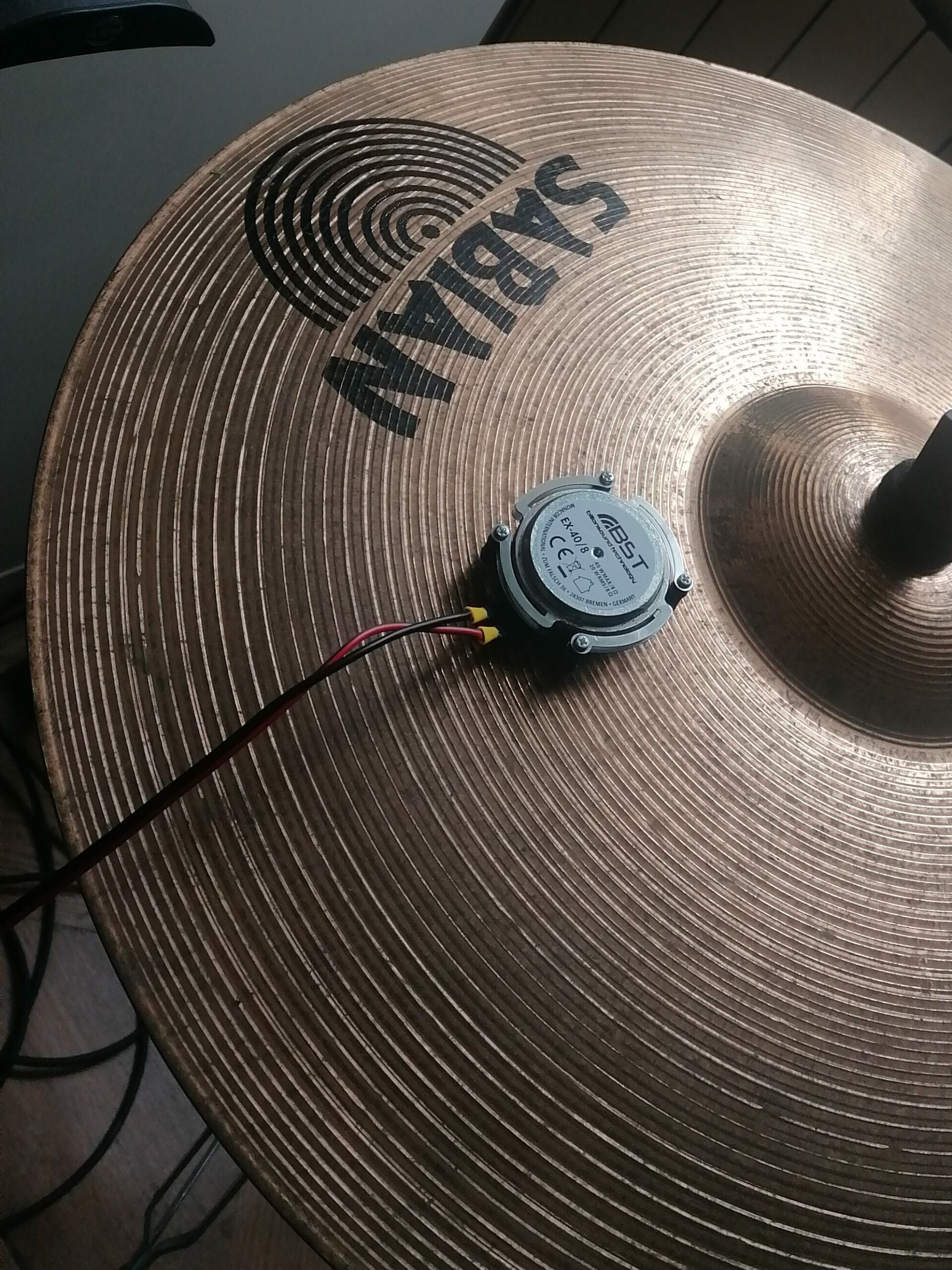Headphones come in various types, each designed to cater to different preferences, usage scenarios, and audio requirements. Understanding the differences between these types can help users choose the best option for their needs.
- Over-Ear Headphones: Also known as circumaural headphones, these have large ear cups that completely enclose the ears. They typically offer excellent sound quality, noise isolation, and comfort for extended listening sessions. Over-ear headphones come in open-back and closed-back designs, with open-back providing a more natural soundstage but less isolation from external noise.
- On-Ear Headphones: On-ear headphones, or supra-aural headphones, have smaller ear cups that rest on the ears rather than enclosing them. They are more compact and portable than over-ear headphones but may be less comfortable for extended wear. On-ear headphones provide a balance between sound quality, portability, and isolation.
- In-Ear Headphones: Also known as earbuds or in-ear monitors (IEMs), these headphones fit directly into the ear canal. They are lightweight, portable, and offer decent sound isolation. In-ear headphones are popular for use during exercise or travel due to their small size and secure fit.
- Earbuds: Earbuds are similar to in-ear headphones but sit outside the ear canal rather than inside it. They are often included with smartphones and portable media players but may sacrifice sound quality and isolation compared to in-ear headphones.
- Wireless Headphones: These headphones use Bluetooth technology to connect to audio sources wirelessly. They offer the convenience of freedom from cables but may experience latency issues and require regular charging.
- Noise-Canceling Headphones: These headphones use active noise-canceling technology to reduce external noise, providing a quieter listening environment. They are ideal for use in noisy environments like airplanes or busy streets.

